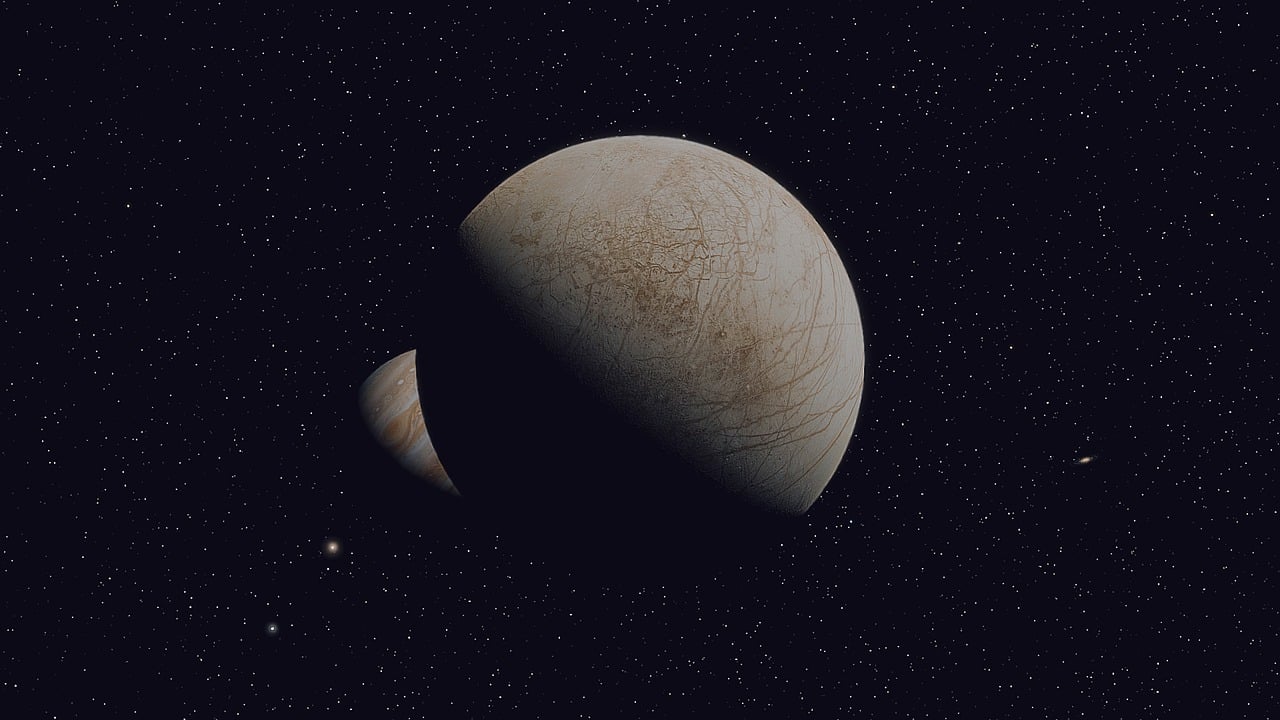There are numerous dwarf planets at the outermost edge of our solar system. Now Japanese researchers have made an astonishing discovery.
A previously unknown, Earth-like planet could possibly exist at the outermost edge of our solar system. A group of researchers published corresponding observations in “The Astronomical Journal,” which take place behind the planet Neptune, the planet furthest away from the sun.
The researchers focused on objects in the Kuiper Belt, a region home to many dwarf planets such as Pluto and Eris. Numerous comets and little-studied trans-Neptunian objects (TNOs) are also thought to be located in this region. Sedna, a reddish-coloured ice object, was discovered in 2003. It was previously considered a candidate for a planet, as “t-online” writes.
However, researchers led by astronomer Patryk Sofia Lykawka have made a new discovery. The orbit of Sedna and other celestial bodies in its vicinity appears to be explainable only by the presence of an Earth-like planet.
This conclusion is based on computer simulations of various gravitational forces in the solar system. According to the researchers in their publication, an Earth-like planet that has so far only existed as a theory could explain the observed anomalies. This hypothetical planet would be up to three times larger than the Earth and about 500 times further away from the sun than the Earth.
“We predict the existence of an Earth-like planet and several Trans-Neptunian Objects (TNOs) in unusual orbits in the outer solar system,” write authors Lykawka from Kindai University in Japan and Takashi Ito from the National Astronomical Observatory in Japan. “The results of the scenario with a planet in the Kuiper belt support the hypothesis of a previously undiscovered planet in the outer solar system and at the same time predict the discovery of new TNOs.”
If the prediction turns out to be true, this would not only mean that there is a new ninth planet in our solar system. The scientists also argue that the definition of what is even considered a planet would have to be reconsidered. However, no one has yet directly observed the supposed planet.
Therefore, Japanese researchers are calling on the scientific community to test their theory. Confirmation would be provided if trans-Neptunian objects (TNOs) were found at a distance of 150 sun-Earth lengths.
- source: heute.at/picture:
This post has already been read 3561 times!



